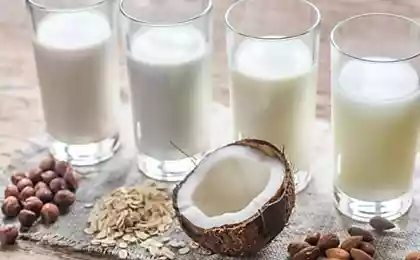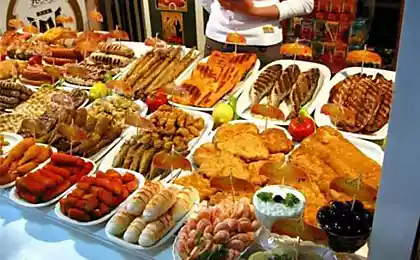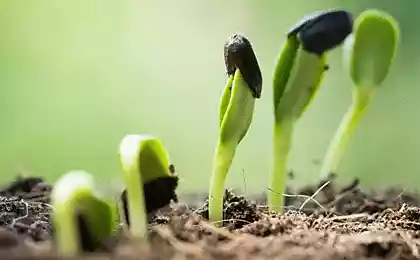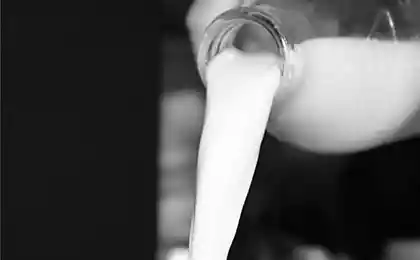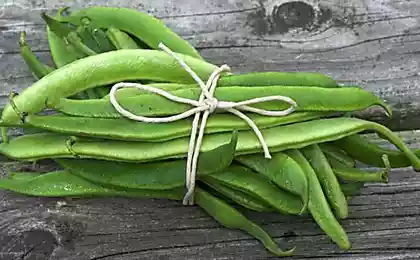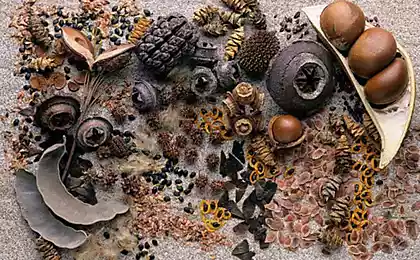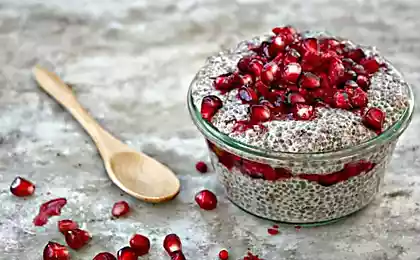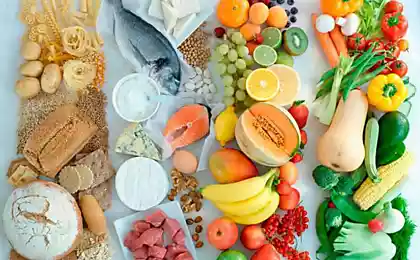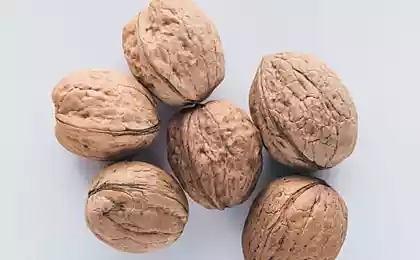214
List of plant foods with high protein content
Experts say that the average person a day need to get with food at least 1 gram of protein per kilogram of weight. Most of this need is covered by meat. And those who for some reason avoid meat should pay attention to plant sources of protein.
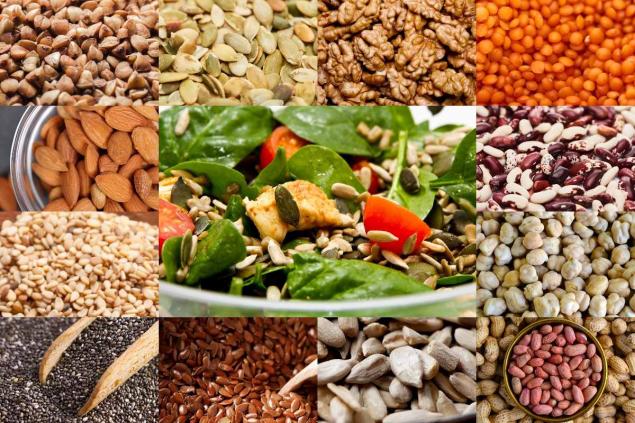
Try incorporating plant seeds, nuts and legumes into your daily diet.

They will protect your body from diseases, help to lead a healthy lifestyle and become the key to active longevity.
Plant-based protein sources
Plant sources of protein are definitely worth it to include them more often in your diet. But remember that even the most useful products should not be abused. Therefore, it is reasonable to consult a specialist for contraindications.

Try incorporating plant seeds, nuts and legumes into your daily diet.

They will protect your body from diseases, help to lead a healthy lifestyle and become the key to active longevity.
Plant-based protein sources
- soya
Soy products are the best substitute. In addition to the high (up to 40 grams per 100 grams of product) protein content, they can boast of its excellent digestibility (up to 95%), comparable to the same in meat.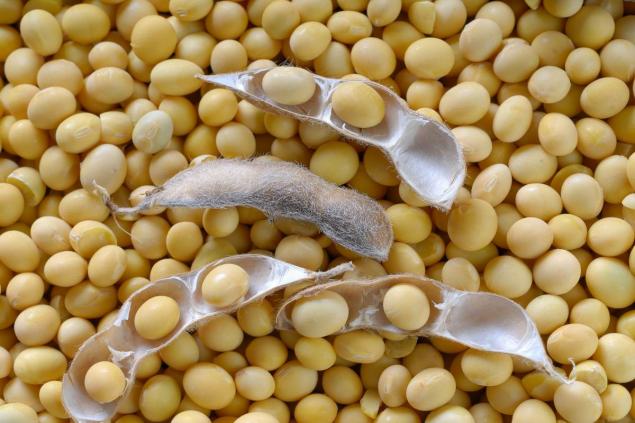
For comparison, the protein content in most cereals varies from 3 to 13 grams per 100 grams of dry cereals, and the level of its absorption is no more than 50-60%.
Inventive Chinese have been using the valuable properties of soybean to make tofu soy cottage cheese for more than 2,000 years. The favorite product of vegetarians and losing weight girls contains all essential amino acids, serves as a source of iron and calcium. It is important that it does not affect cholesterol levels. - peanuts
Although we used to think of peanuts as nuts, they belong to the legume family. In 100 grams of fried peanuts contains a third of the daily requirement of protein. This is comparable to its presence in meat and fish.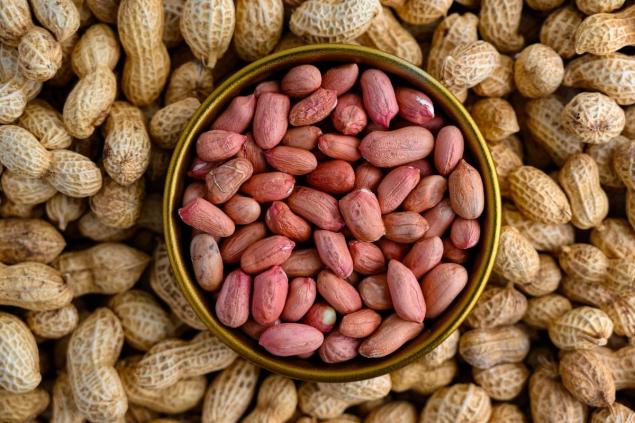
Peanuts are a good filler for salads or desserts, saturating the body with energy and nutrients. But because of the increased calorie content of peanuts, it is better to eat no more than a dozen seeds a day. - Lentils
Lentils are another valuable source of plant protein and, like peanuts, a member of the legume family. In addition to protein, 100 grams of boiled lentils contain the daily rate of folic acid (record 358 mcg), a lot of fiber, magnesium, copper, zinc.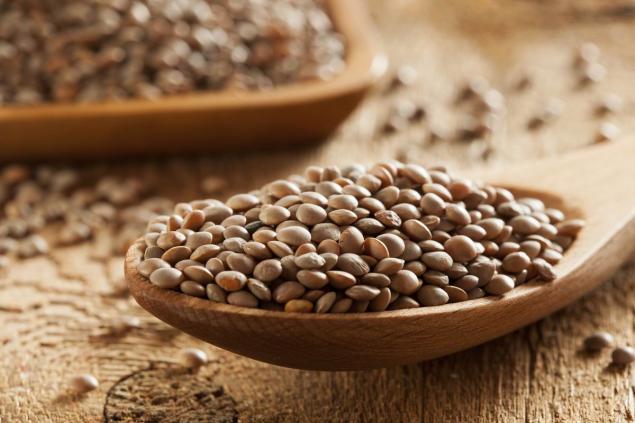
Earlier we wrote about how to make diet lentil soup.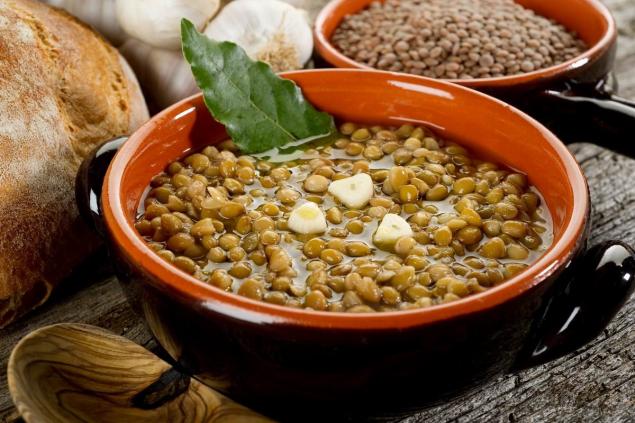
Those who wish can also learn more about the beneficial properties of the queen of legumes, and how to cook it, so that it turns out not only nutritious, but also very tasty dish. - Sunflower seeds
There are many prejudices about the use of sunflower seeds. It is believed that huzzling seeds is not aesthetic and even provincial. But true lovers of this delicacy will not stop any prejudice!
You can decorate with protein-rich seeds all fruit and vegetable dishes - from salads to stews. The technology is simple: calcinate in a dry pan, cool and sprinkle ready salad.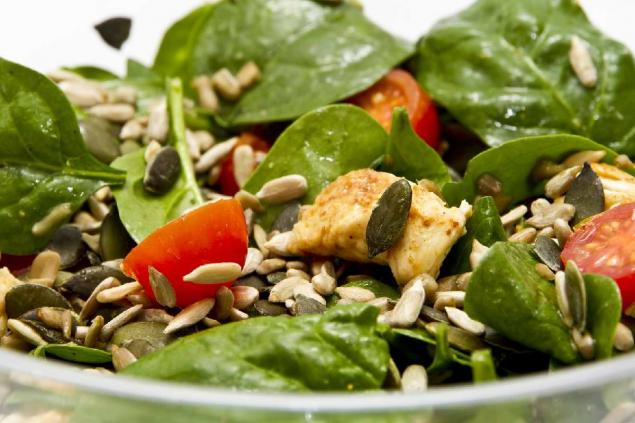
In order for the body to more effectively absorb the nutrients contained in the seeds, they can be crushed. Grated seeds can sprinkle a salad, or you can mix them with oil, add spices, lemon juice, vinegar or mustard and make a dressing. - beans
Beans are an ideal addition to fish, meat or poultry dishes. However, it can also be the basis for many nutritious salads.
- Pumpkin seeds
Pumpkin seeds contain up to 19 grams of protein per 100 grams of weight (comparable to the same indicator in chickpeas and hemp seeds). A lot of iron, so they are good to gnaw at anemia, fatigue and to strengthen the immune system.
Pumpkin seeds are good both in themselves and as an addition to salads or muesli.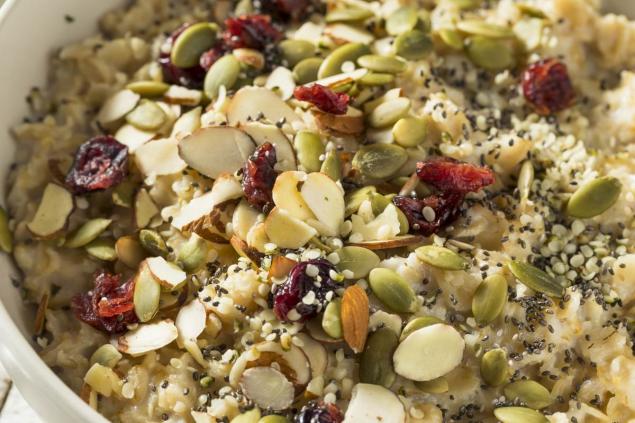
Many of us take pills to make up for the deficiency of B vitamins, while pumpkin seeds can do this much more effectively. - Flax seeds
Flaxseed is a valuable source of protein and essential for health fatty acids omega-3. However, flaxseed oil due to its specific taste can not be used by everyone.
In this case, the flax seeds will help. To increase digestibility, the seeds are ground in a blender. You can add crushed flax to salads, smoothies from berries, desserts, pastries, cheesecakes. - Sesame
Like flaxseeds, sesame seeds are rich in protein, essential fatty acids, iron and antioxidants. Sesame is perfectly combined with salads, fish, chicken. It is delicious, so you can add a lot.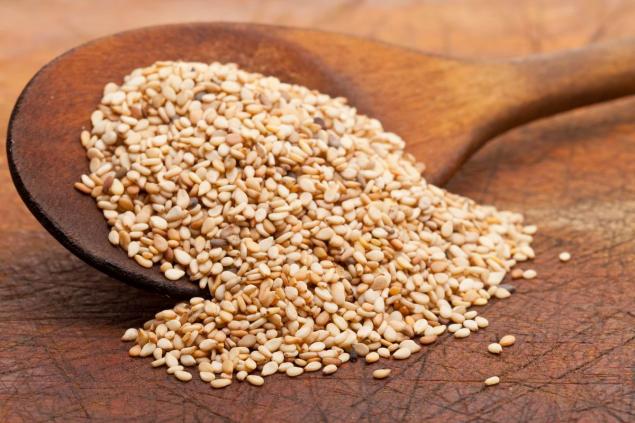
- Chia seeds
If you want to know what the perfect food is, try chia seeds. The champion in the content of vitamins, minerals, antioxidants, fiber contains up to 17% protein.
Calcium in chia seeds is five times more than in milk, and potassium is twice as much as in bananas. For vegetarians, this product is irreplaceable!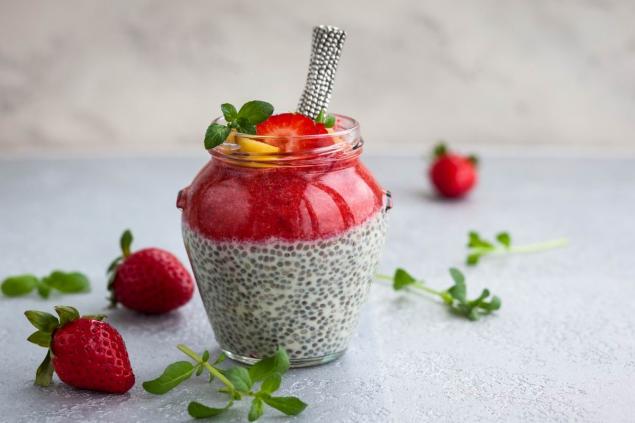
You can eat superfood raw, but it is better to add it to ready-made dishes or mix it with juice, yogurt, milk. - Walnuts.
Walnuts contain about 15 grams of protein per 100-gram serving of the product. This is less than in almonds, pistachios and cashews, but more than in hazelnuts and pine nuts.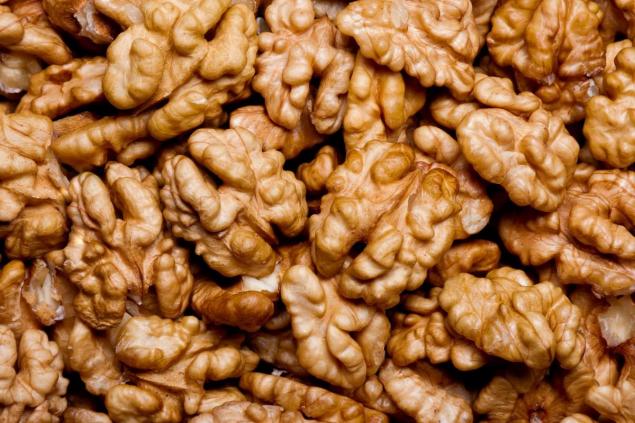
- Buckwheat.
Another important source of plant proteins is cereals. And the undisputed leader here is buckwheat (13-16 grams against 4 grams in oatmeal and 7 grams in white rice). Perhaps this is the reason for its special appeal in times of disaster and economic crisis?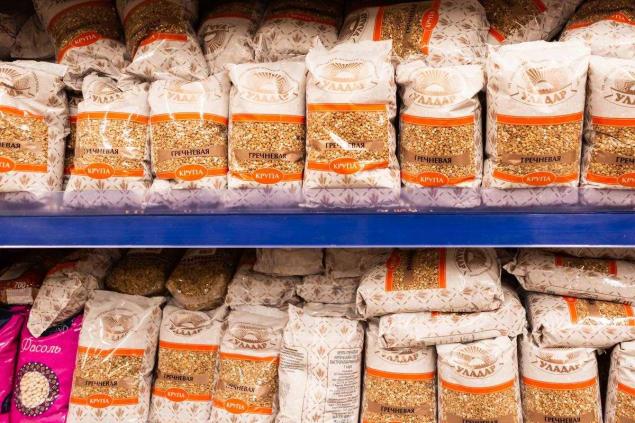
Plant sources of protein are definitely worth it to include them more often in your diet. But remember that even the most useful products should not be abused. Therefore, it is reasonable to consult a specialist for contraindications.


















